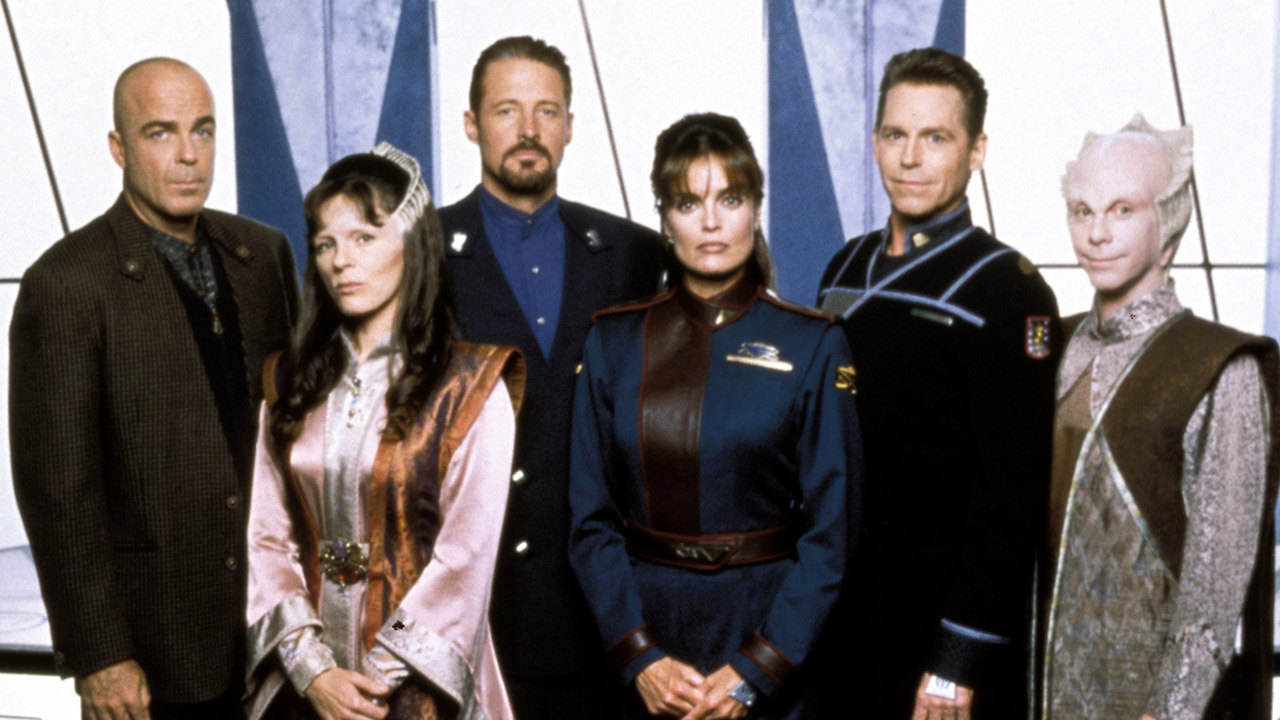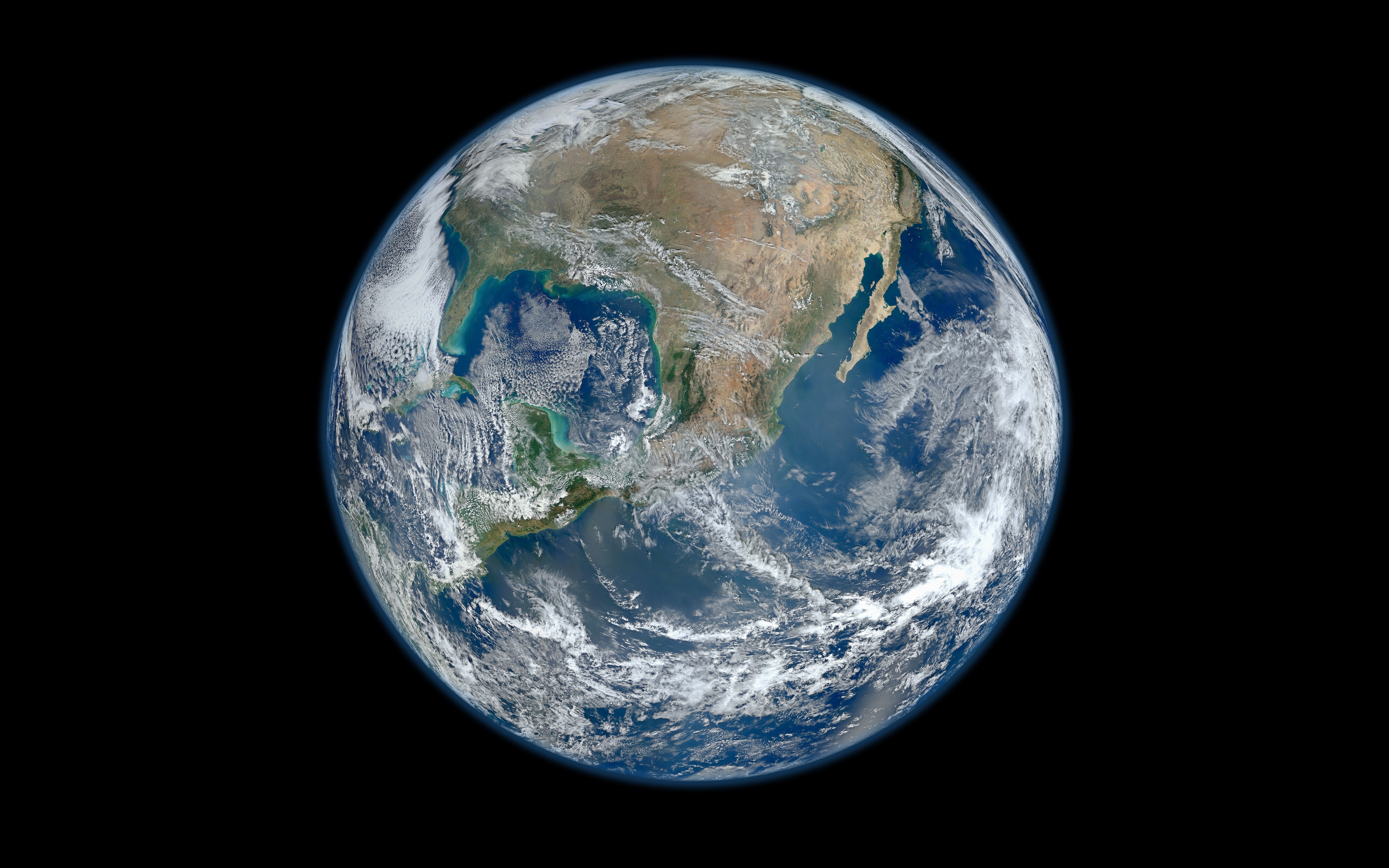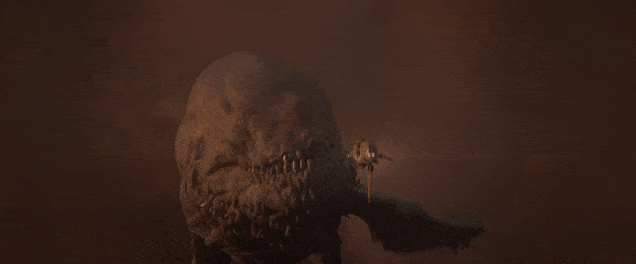
Shannon helps Tessa try to channel Skylar after reading several books. Photographing her adoptive mother, she’s advised to try to admit her feelings out loud. He wants her to realize they could have a future and she continues to hold back. Her inability to express her feelings comes up. Skylar angers Tessa when he puts a photo she gifted him in a photo exhibit to show her talent. Then their song, ‘Never tear us apart’ comes up simultaneously on everyone’s silenced mobiles.įlashback: 11 days before the accident. Sitting the SAT, weirdly Skylar moves her hand on her answer sheet to draw what seems to be a non-sensical scribble. Tessa tells her friend Shannon about The In Between, the concept of a window of time in which someone recently deceased needs to have a final contact before moving on.
#Reality fantasy and the space in between movie how to#
They go out on a boat during the day, he shows her how to row, he declares his love and they make love on the shore.

After the fireworks, she shows him her darkroom, portfolio and opens up about her mother flaking out, forcing her into the foster care system. Dreaming of Skylar, she wakes up to see her Robert Doisneau print of Le baiser de l'hôtel de ville.įlashback: July 4. Her adoptive dad reminds her that her mother never stuck to anything. Later, going home, she throws out her developing materials. In the present, Tessa is back at school, and is reminded of the RISD deadline.

He tells her he’ll be back at the end of the month to stay for the summer. At the Empyrean, an abandoned honeymooners hotel he teaches her to waltz and they kiss. They spend the day together, and she shows him the world through her eyes. They both obviously had been searching for each other. Later, while shooting a rowing meet, she finally finds Skylar again. In a flashback set 102 days before, Tessa is encouraged to apply to the RISD for her photography skills. He is a true romantic, he and Tessa have very different views.

Skylar, the other person at the movie, offers to translate. In a flashback set 182 days before, Tessa spends the morning taking photos in the coastal town, wandering into the local theater to watch an old French film.

Two teenagers lie on the road, the girl barely moving, the boy, motionless. Includes new interviews with some of the main practitioners in the field: Roland Emmerich, Paul Verhoeven, Ken Russell, Stan Winston, William Gibson, Brian Aldiss, Joe Morton, Dean Norris and Billy Gray.The opening scene is a traffic accident.Covers new and burgeoning approaches such as generic performance and aspects of postmodern identity.Introduces current and past theories and practices, and provides an overview of the main themes, approaches and areas of study.Thematically organised for use as a course text.Films discussed include The Day the Earth Stood Still, The Body Snatchers, Forbidden Planet, The Quatermass Experiment, 2001: A Space Odyssey, Demon Seed, Star Trek: The Motion Picture, Star Wars, Altered States, Alien, Blade Runner, The Brother from Another Planet, Back to the Future, The Terminator, Predator, The One, Dark City, The Matrix, Fifth Element and eXistenZ. While American films will be one of the principle areas covered, the author also engages with a range of pertinent examples from other nations, as well as discussing the centrality of science fiction as a transnational film genre. The book therefore presents vital and unique perspectives in its approach to the genre, which include discussion of the relevance of psychedelic imagery, the 'new woman of science', generic performance and the prevalence of 'techno-orientalism' in recent films. Each chapter sets analyses of chosen films within a wider historical/cultural context, while concentrating on a specific thematic issue. The book explores the development of science fiction in cinema from its beginnings in early film through to recent examples of the genre. This major new study offers a broad historical and theoretical reassessment of the science fiction film genre.


 0 kommentar(er)
0 kommentar(er)
